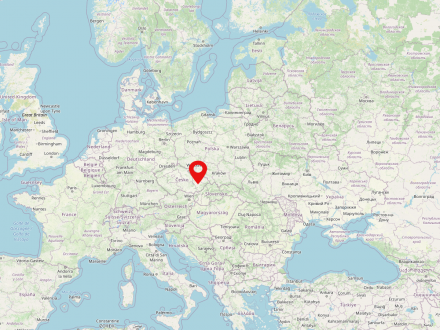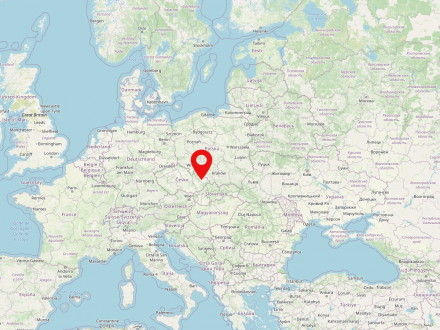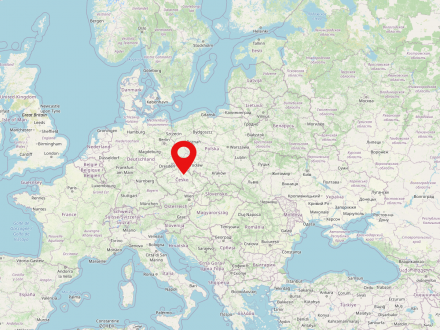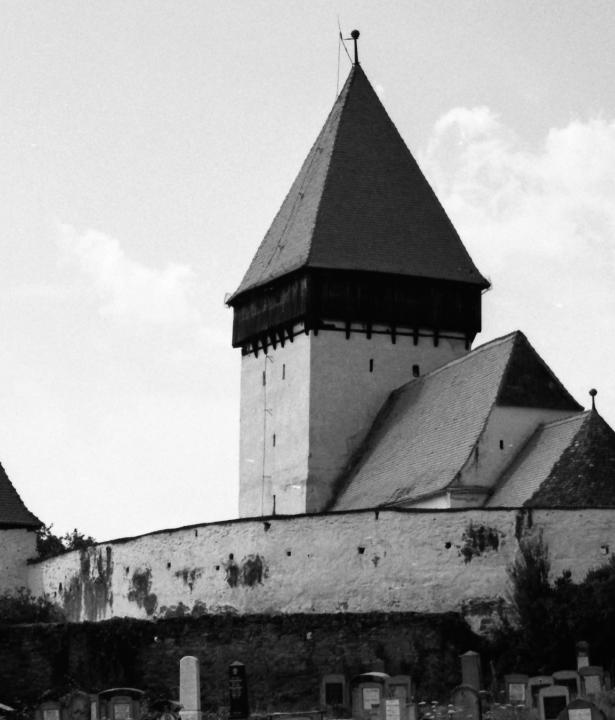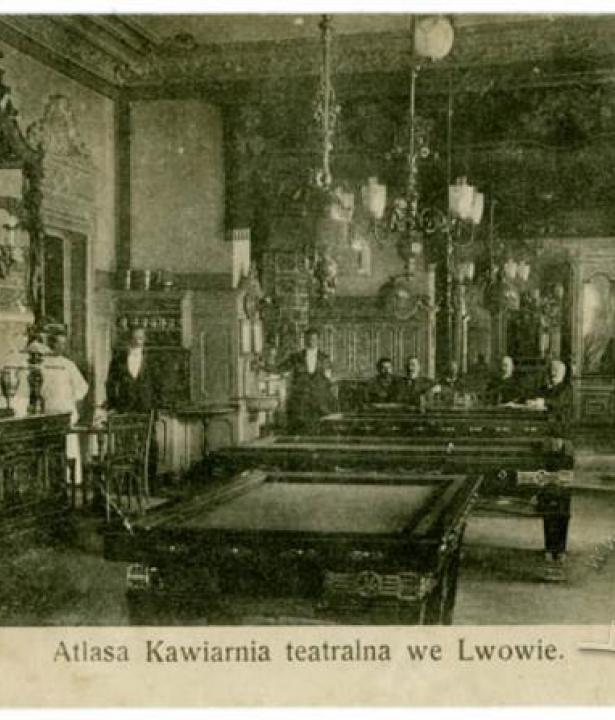Bohemia is a historical landscape in present-day Czech Republic. Together with Moravia and the Czech part of Silesia, the landscape forms the present territory of the Czech Republic. Nowadays, almost 6.5 million people live in the region. The capital of Bohemia is Prague.
Moravia is one of the three historical landscapes of the Czech Republic. Together with Bohemia and Czech Silesia, Moravia constitutes the state territory of the Czech Republic. Moravia is located in the southeast of the country and shares borders with Slovakia, Poland and Austria. Today, almost 3.1 million people live in Moravia. The most important cities in Moravia are Brno, Ostrava and Olomouc.
Moravian-Silesia is a historical landscape in the northeast of the Czech Republic and, along with Bohemia and Moravia, one of the three historical landscapes that make up the territory of the present-day Czech state. The region is largely congruent with the former Habsburg crown land of Austrian Silesia (officially the Duchy of Upper and Lower Silesia), which remained to the Habsburg Monarchy after the three Silesian Wars (1740-1742, 1744-1745, 1756-1763), while the rest of Silesia fell to Brandenburg-Prussia. It thus belonged to the so-called lands of the Bohemian Crown until 1918. After the First World War and the disintegration of Austria-Hungary, most of the former crown land initially became part of the newly founded Czechoslovakia, with smaller areas falling to the Second Polish Republic, which was also newly founded.
The Czech Republic is a country in Central Europe with a population of about 10.5 million people. The capital and largest city of the country is Prague. In the Czech Republic lie the historical landscapes of Bohemia, Moravia and parts of Silesia. In 1918 the state of Czechoslovakia was formed, but the Czech Republic was not founded until 1993. The country has been a member of the EU since 01.05.2004.





